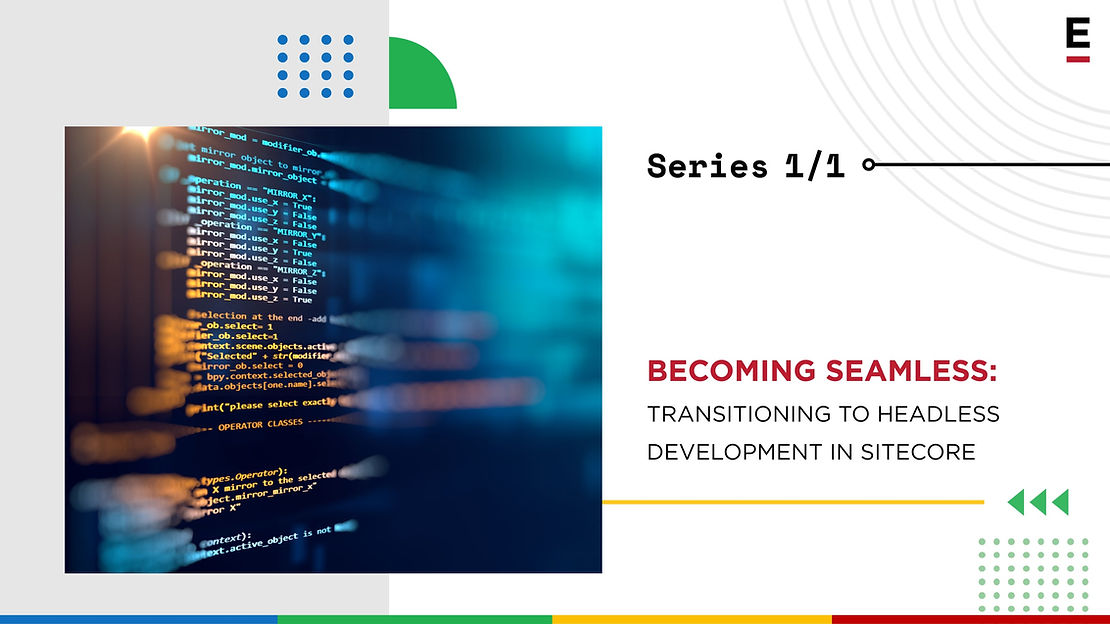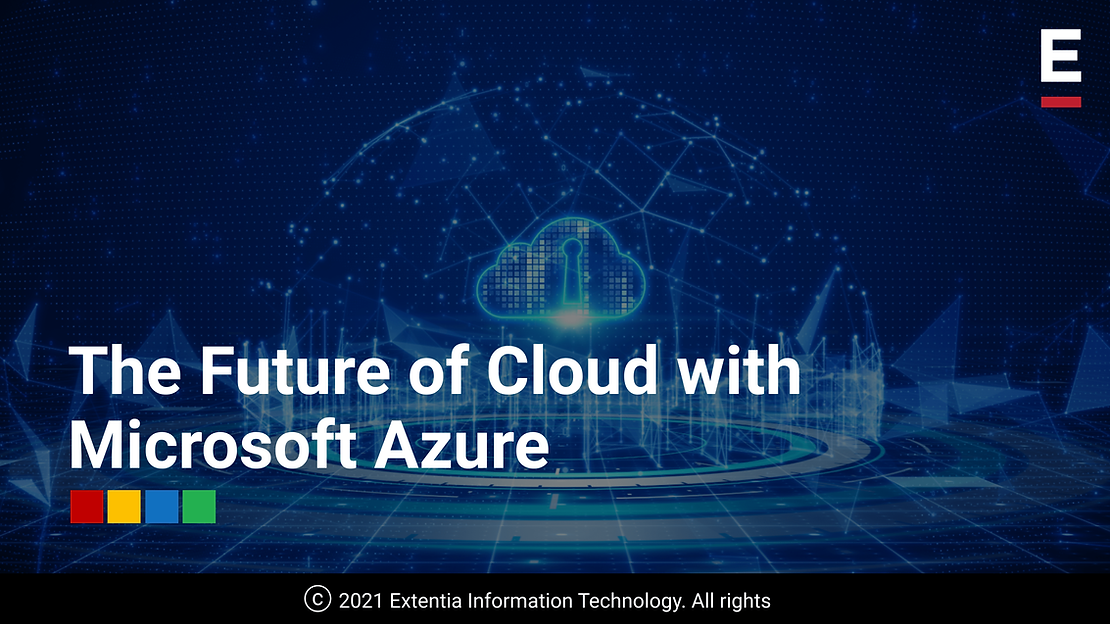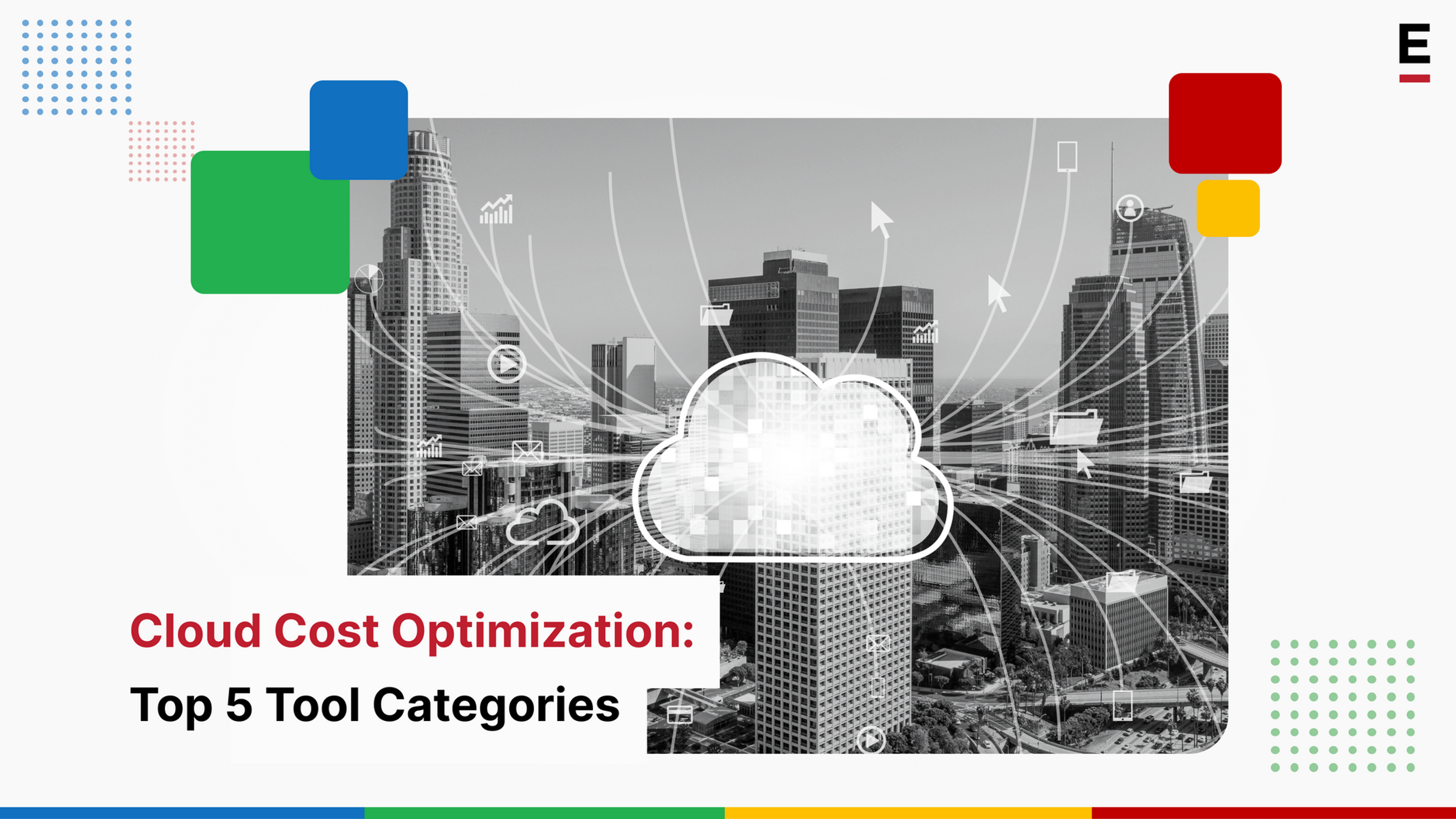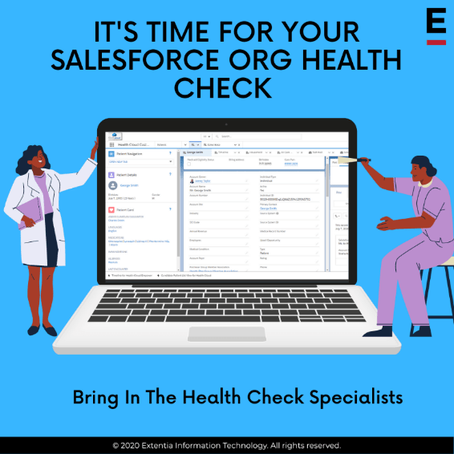The digital landscape is rapidly evolving, and with it, the way we develop and deliver web experiences. Traditional Experience Platform (XP) approaches have served us well, but the demand for more flexible, scalable, and dynamic solutions has paved the way for headless development. In this blog, we’ll explore the transition from traditional XP to headless development in Sitecore, outlining the benefits, key concepts, and steps to make the switch.
Why Move to a Sitecore Headless CMS Framework?
If your legacy Sitecore XP uses a traditional CMS, changing your application’s look and feel requires updating both the front end and back end, which slows your ability to respond to customer preferences. A Sitecore headless CMS decouples your front-end content from your back-end system, with API technology bridging the two functions. This provides several benefits:
- Content Reusability: Create content once and distribute it across multiple channels and devices, such as mobile apps and smartwatches. This ensures a consistent brand message and experience, no matter where your content is accessed.
- Flexibility for Content Authors: Push various presentation layers and design pages using label components to create seamless omnichannel experiences. Content authors can work independently from developers, updating content without needing to modify the back end.
- Integrations: A Sitecore headless CMS allows integration with various applications without disturbing the back end. Sitecore Smart Hub, which includes Sitecore Personalize and Sitecore Customer Data Platform (CDP), is highly recommended for integrating with a Sitecore headless CMS platform (Sitecore XP, Sitecore Experience Manager (XM), or Sitecore XM Cloud). This setup lets you track user behavior and serve personalized content based on those changes, enhancing user engagement and satisfaction.
Traditional XP vs. Headless Development

Benefits of Headless Development
Flexibility: Use any front-end technology for richer experiences. Whether you’re utilizing React, Angular, or Vue.js, headless development offers the freedom to innovate without being tied to a specific platform.
Scalability: Scale individual components independently. This modular approach means you can upgrade or scale parts of your system as needed without disrupting the entire application.
Performance: Faster load times with optimized content delivery. Decoupling the front-end and back-end allows for more efficient content delivery, improving site speed and user experience.
Future-Proof: Easily adapt to new technologies and frameworks. As new technologies emerge, a headless CMS framework allows for smoother integration and less disruptive updates.
Improved Workflow: Streamlined collaboration between content editors and developers. With content and presentation layers separated, teams can work more efficiently, leading to quicker turnaround times and fewer bottlenecks.
Steps to Transition from Traditional XP to Headless Development
Evaluate Current Setup
- Assess your current XP implementation.
- Identify areas where headless can bring improvements.
- Conduct a gap analysis to understand the limitations of your existing system and how headless can address them.
Plan Your Transition
- Define the scope and objectives. Clearly outline what you hope to achieve with the transition, such as improved performance, better scalability, or enhanced user experiences.
- Determine the front-end technology stack (e.g., React, Angular). Choose a framework that aligns with your development team’s expertise and your project’s needs.
- Plan for content migration and API setup. Consider how existing content will be transferred to the new system and how APIs will be configured to support content delivery.
Set Up Your Headless Environment
- Implement Sitecore Headless Services or Sitecore JSS. These tools provide the necessary infrastructure to support headless development within the Sitecore ecosystem.
- Configure APIs for content delivery. Set up APIs to ensure seamless content distribution across various channels and devices.
- Set up Sitecore Experience Edge if using SaaS-based delivery. This enhances content delivery by leveraging Sitecore’s cloud-based services.
Develop the Front-End
- Build the front-end using your chosen framework. Focus on creating a user-friendly, responsive interface that meets your design and functionality requirements.
- Fetch content via Sitecore APIs or GraphQL. Ensure that your front-end can efficiently retrieve and display content from your headless CMS.
- Implement routing, state management, and other front-end concerns. Address key aspects of front-end development to ensure a smooth user experience.
Integrate and Test
- Ensure seamless integration between the front-end and back-end. Test for compatibility and functionality to prevent issues during deployment.
- Test for performance, scalability, and user experience. Conduct thorough testing to identify and address any performance bottlenecks or usability issues.
- Conduct thorough Quality Assurance (QA) to catch any issues. Implement a robust quality assurance process to ensure that your application meets all requirements before going live.
Deploy and Optimize
- Deploy the application to production. Launch your new headless CMS-based application, ensuring that all components are functioning correctly.
- Monitor performance and make necessary optimizations. Continuously track performance metrics and make adjustments to enhance speed and efficiency.
- Gather feedback and iterate on improvements. Collect user feedback to identify areas for improvement and iteratively enhance your application.
Transitioning from traditional XP to headless development in Sitecore opens up a world of possibilities for delivering modern, dynamic web experiences. By decoupling the back-end and front-end, you gain the flexibility to innovate and scale like never before. Follow the steps outlined in this guide to navigate your journey from XP to headless development and stay ahead in the ever-evolving digital landscape. Embrace the future of web development with Sitecore’s headless capabilities and unlock the potential for truly transformative digital experiences.




